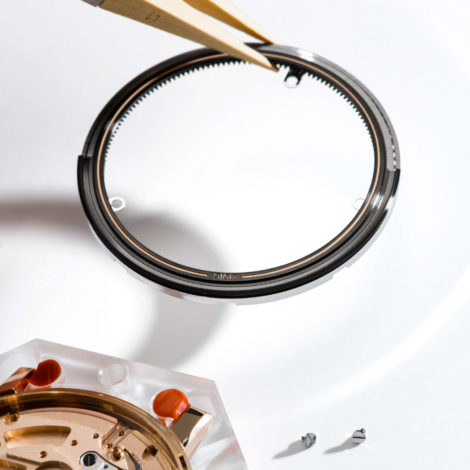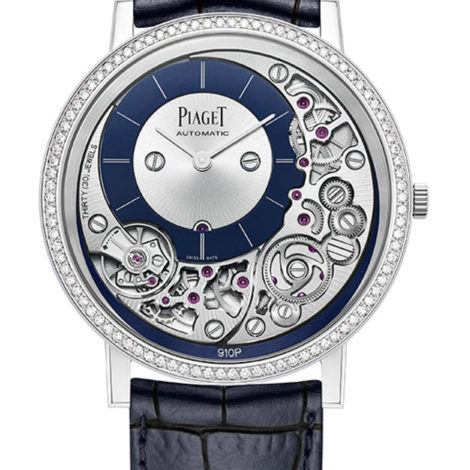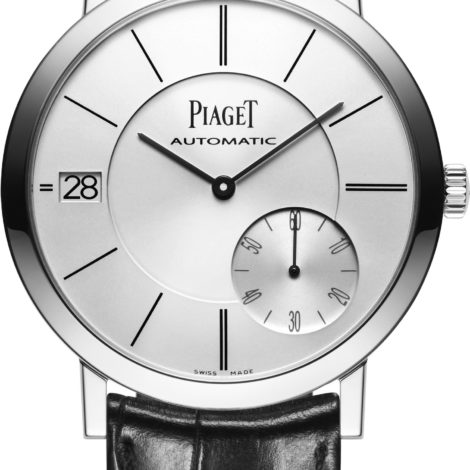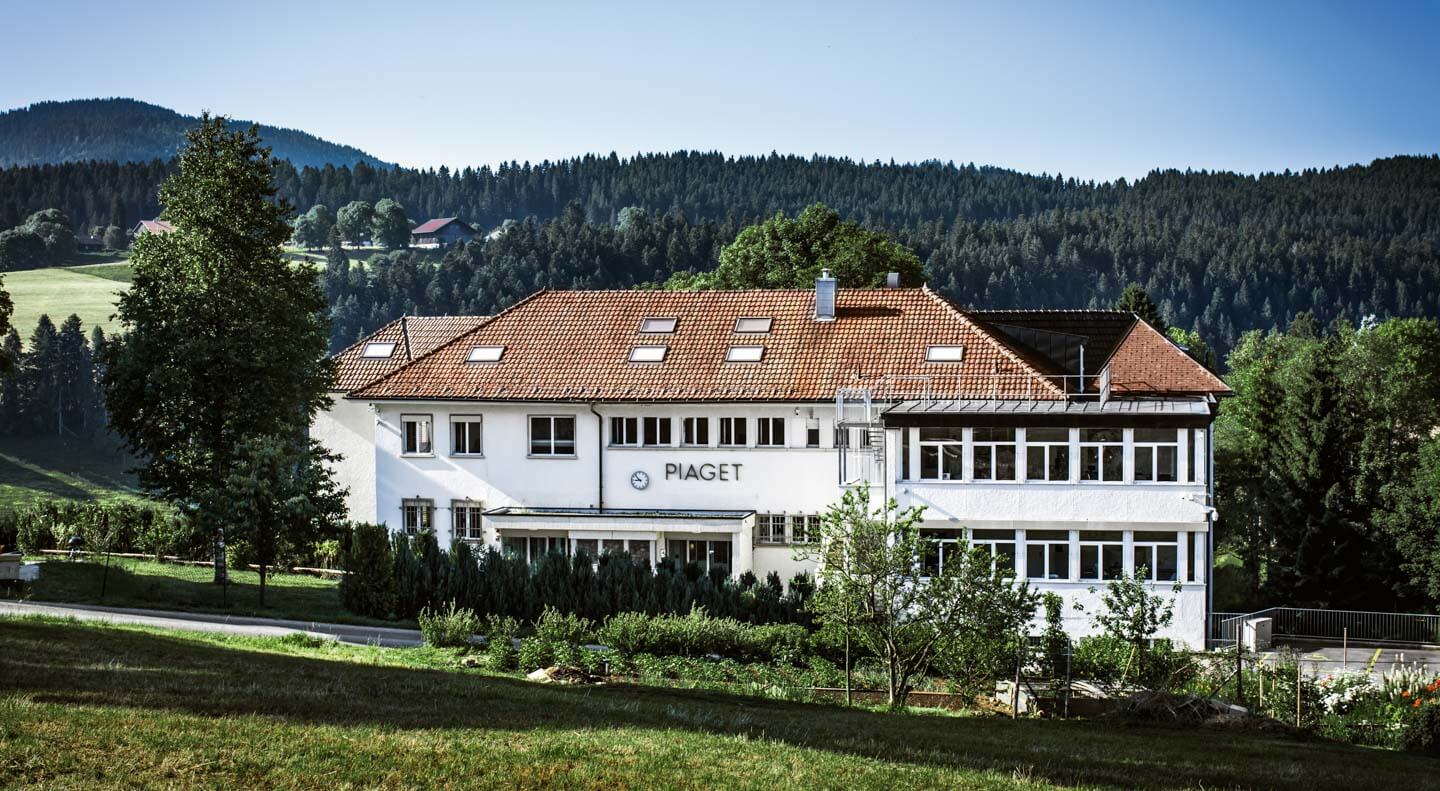
High up in the Swiss mountains above the city of Neuchâtel is the small town of La Côte-aux-Fées. It has a population of less than 500, and it also happens to be the home of Piaget’s fine watchmaking. Down the mountains and along the lake is the city of Geneva, where Piaget’s main watch case manufacturing and assembly headquarters is located. This is a precise analog to the traditional dynamic in Swiss watchmaking where movement makers would bring their work down to Geneva where it was cased and packaged for international distribution.
Success in women’s jewelry has led to Piaget often being known as a European luxury brand that specializes in haute fashion, but the origins of Piaget are strictly as watchmakers. In fact, Piaget operated as exclusively a watch movement maker starting in the 19th century and continuing into the 20th century. Only later did Piaget begin to put its movements in watches with its own name on it.
In the 1960s, Piaget began to receive lots of attention for its ultra-thin mechanical movements — a hot trend at the time. Thin mechanical movements were the apex of watchmaking technology of their day, and the development of serious mechanical horology more or less ended around then as quartz electronic movements competed with traditional mechanical watches on a new level.
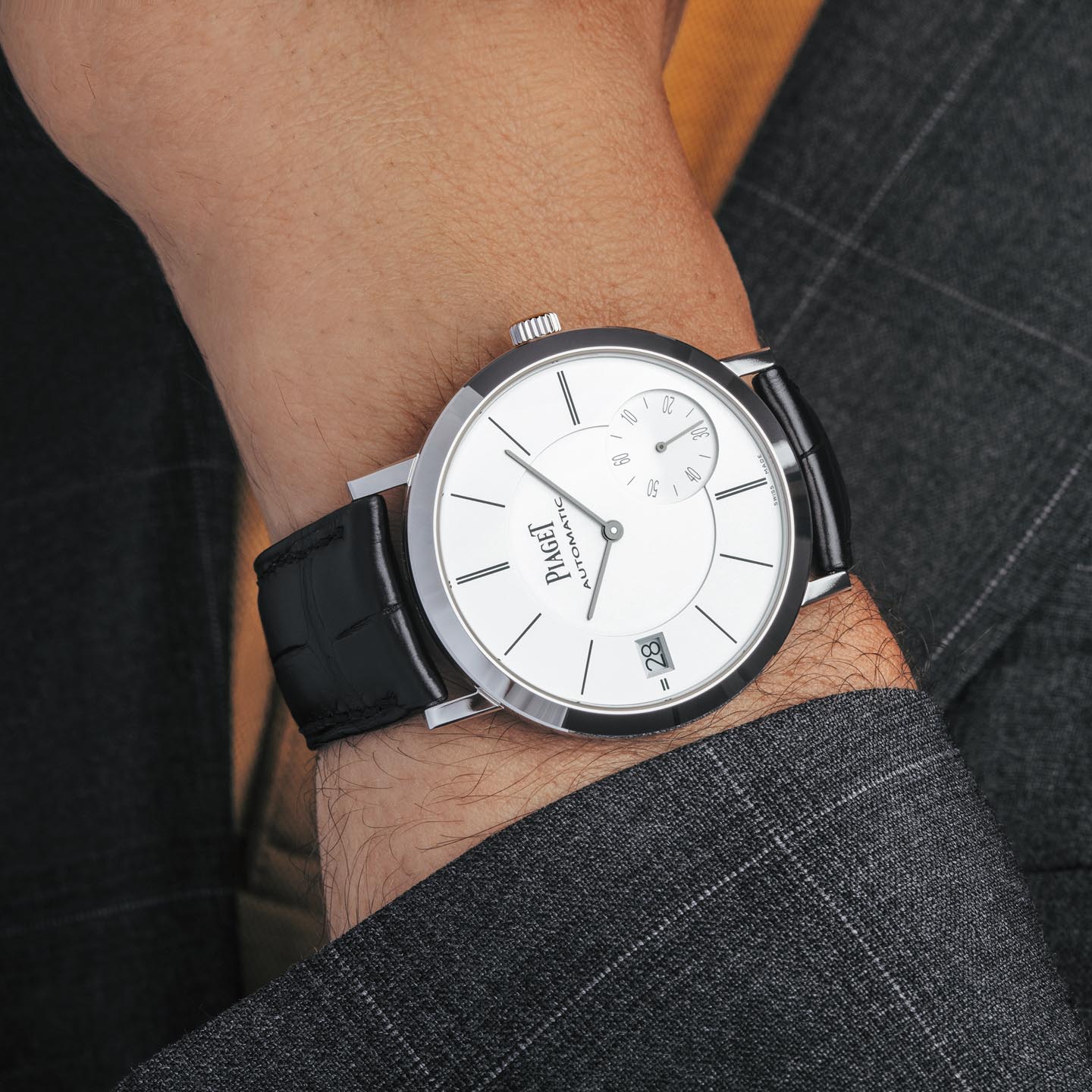
Later, when traditional watchmaking became more strictly a luxury item, Piaget returned to its historic mission of making watch movements thinner and thinner, attaining many world records for the world’s thinnest movements. Piaget also has a rich history of bold marketing campaigns such as the original launch of the Polo, which includes horses and mallets in New York City.
The Piaget brand that I got to know was a company that helped define a very Swiss execution of formal elegance in wristwatch form, for both men and women. In a world where watch consumers are more likely to don their timepieces with casual versus formal attire, and in a world where new consumers often need to understand a brand’s historic mission to understand the context of its watches, what is Piaget’s plan? To answer this question and to learn a bit more about what makes watchmaking at Piaget special among its colleague brands, I spoke with Mr. Quentin Hebert, who is the wise-spoken Head of Watch Marketing at Piaget based in Geneva. Here is what Mr. Hebert had to say:
 Ariel Adams (AA): You and I have shared a love of fine watchmaking and passion for modern timepiece style in the times that we have met to discuss new Piaget products. Brands these days can’t be good at everything all the time, and consumers need to think of a few key attributes they associate with the companies that produce items they enjoy. As the head of watchmaking at Piaget, how do you want timepiece lovers to think about Piaget in 2020 and beyond? What features of the brand’s timepieces do you help people most recognize and appreciate?
Ariel Adams (AA): You and I have shared a love of fine watchmaking and passion for modern timepiece style in the times that we have met to discuss new Piaget products. Brands these days can’t be good at everything all the time, and consumers need to think of a few key attributes they associate with the companies that produce items they enjoy. As the head of watchmaking at Piaget, how do you want timepiece lovers to think about Piaget in 2020 and beyond? What features of the brand’s timepieces do you help people most recognize and appreciate?
Quentin Hebert (QH): For me, Piaget is a small company with a familial spirit. It’s also a very exclusive brand where being daring is key.
First, I have to say that at Piaget there is a strong connection between Piaget and its employees. People are proud to work for Piaget. This is due to the small size of the company but also to the remarkable people that have let their footprint and whose aura is still very strong. When Yves Piaget was saying, entering the workshops “salut les artistes!” it shows how much the human connection between the people make the difference and how much respect there is for workers, designers, and creators.
They are at the center of attention as they are the source of creativity. These artisans are not only at the center of the creation process, they are also the crazy factor that forces Piaget to dare, to create extraordinary pieces whether they are in movement, gold-crafting, hard stones-mastering, or gem-setting.
Not everyone wears a Piaget. I would like people to have in mind that wearing Piaget it is to have a strong sensitivity to beauty, whether it is a pure line and balance that last forever or a crazy high jewelry piece expressing the aurora borealis. I would also like that people do not forget that Piaget is a small movement workshop lost in the middle of the Jura mountains where people are living in the middle of the nature, which is so much an inspiration source for each one of us.
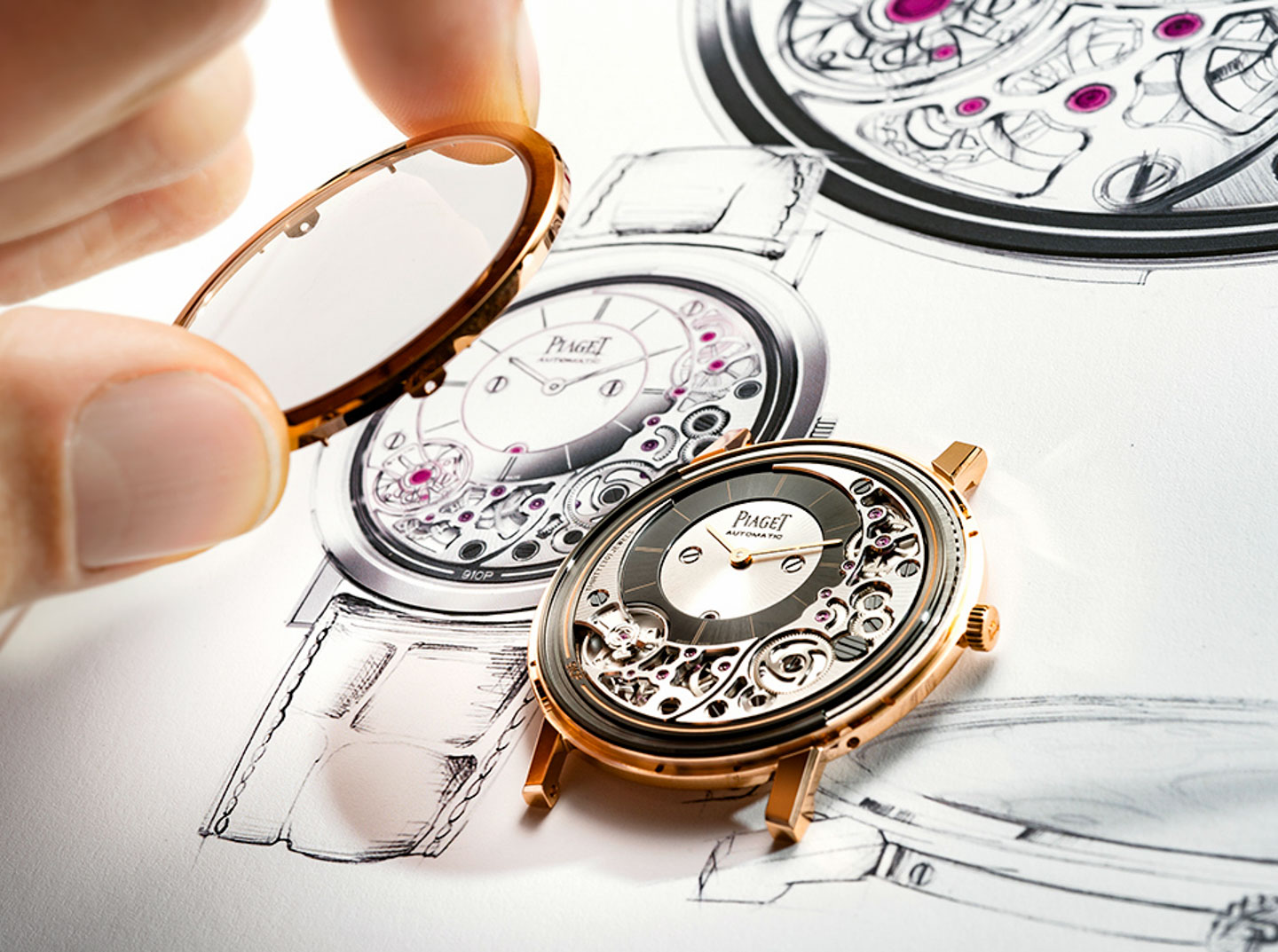
AA: We’ve spoken in the past about how “ultra-thin” is, in a way, its own type of grand complication when it comes to mechanical watch movement design and assembly. Piaget specializes in a number of the world’s thinnest watches and is a known expert in this niche field. What can you tell us about designing and assembling ultra-thin watches that will help consumers better appreciate this particular watchmaking specialization?
QH: I think it’s interesting to start with the origins of Piaget ultra-thin. By doing ultra-thin movements, Piaget wanted two things: to be niche and exclusive and to be innovative. Niche as ultra-thin was rare. It was highly valuable and distinctive, and there was no competition. Innovative as it was a prowess to make a 2mm movement (9P) and as thin movements were the opportunity to express more creativity, more ornamental shapes, and hand-works.
When we do ultra-thin watches, we have to deal with a simple but complicated issue: make all the movement components fit in a watch that is two or three times thinner than a regular watch. It means for example to integrate 167 components in a watch that is 2mm thin, as it is for Altiplano Ultimate Concept. It means that you have to make all these components thinner (some wheels reach 0.12mm, it lets you imagine the size of the screws) but also to reorganize the movements parts.
Basically, instead of doing a sandwich, you need to integrate components in the thinness of others. For example, on Altiplano Ultimate watches, the dial and hands are located below the level of the movement bridges, while on the 1205P movement we integrate the rotor inside the bridges, and on Altiplano Ultimate Automatic we use a peripheral rotor that drastically contains the additional inches due to the self-winding system.
The last specificity to Piaget ultra-thin is that in having everything slimmer, everything is closer to your eyes. Everything is more visible. For us, it’s an opportunity to bring contrast, to enable to make the movement contribute to the beauty of the watch. The result is so strong that if you look through the glass, you see so many contrasting layers such that the watch seems thicker than it actually is. Kind of a “trample l’oeil.”
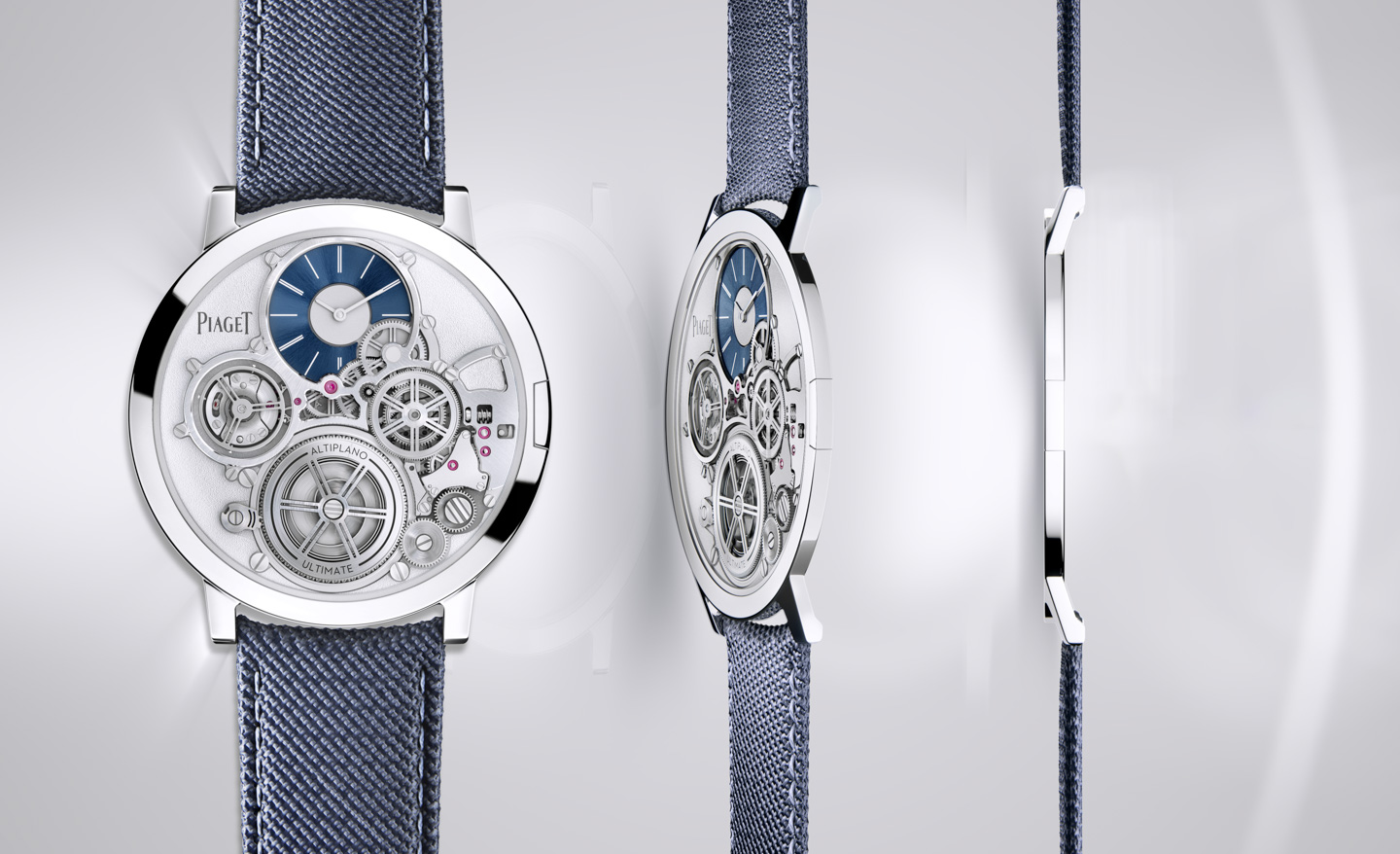
AA: Piaget has produced some of the world’s most beautiful dress and celebration watches, in my humble opinion. Many of these products were designed for use in formal occasions. Today, the luxury space is dominated by casual style and the pursuit of leisure activities. Piaget certainly has products for such occasions such as in the Polo collection, but my question is how you plan to adapt the product portfolio to best suit these market needs moving forward.
QH: I don’t know if you have it in mind, but at the time it was launched, in 1979, Piaget Polo was very unique. It was the most expensive sports watch — a bracelet watch with a perfect case-bracelet integration and ultra-thin movement, it was the best comfort possible for leisurewear. All in gold with godroons signature from the bracelet to the dial, it was also a statement and a very distinctive look. With the current and the future Piaget Polo models, we still pursue this aim of a leisure watch made for daily activities and expressing your personality.
The market is evolving in this direction and Piaget Polo is certainly a very important collection for us. You will see the collection expanding in the coming months and years with new complications, new references not only in stainless steel but also in gold. Piaget Polo it’s the sporty watch “à la Piaget” and is not only attractive for men as 20% of our customers already are women.
Piaget Polo launch in 1979 was orchestrated with a Polo match on the 5th avenue. You will see Piaget Polo not less surprising in the coming years.
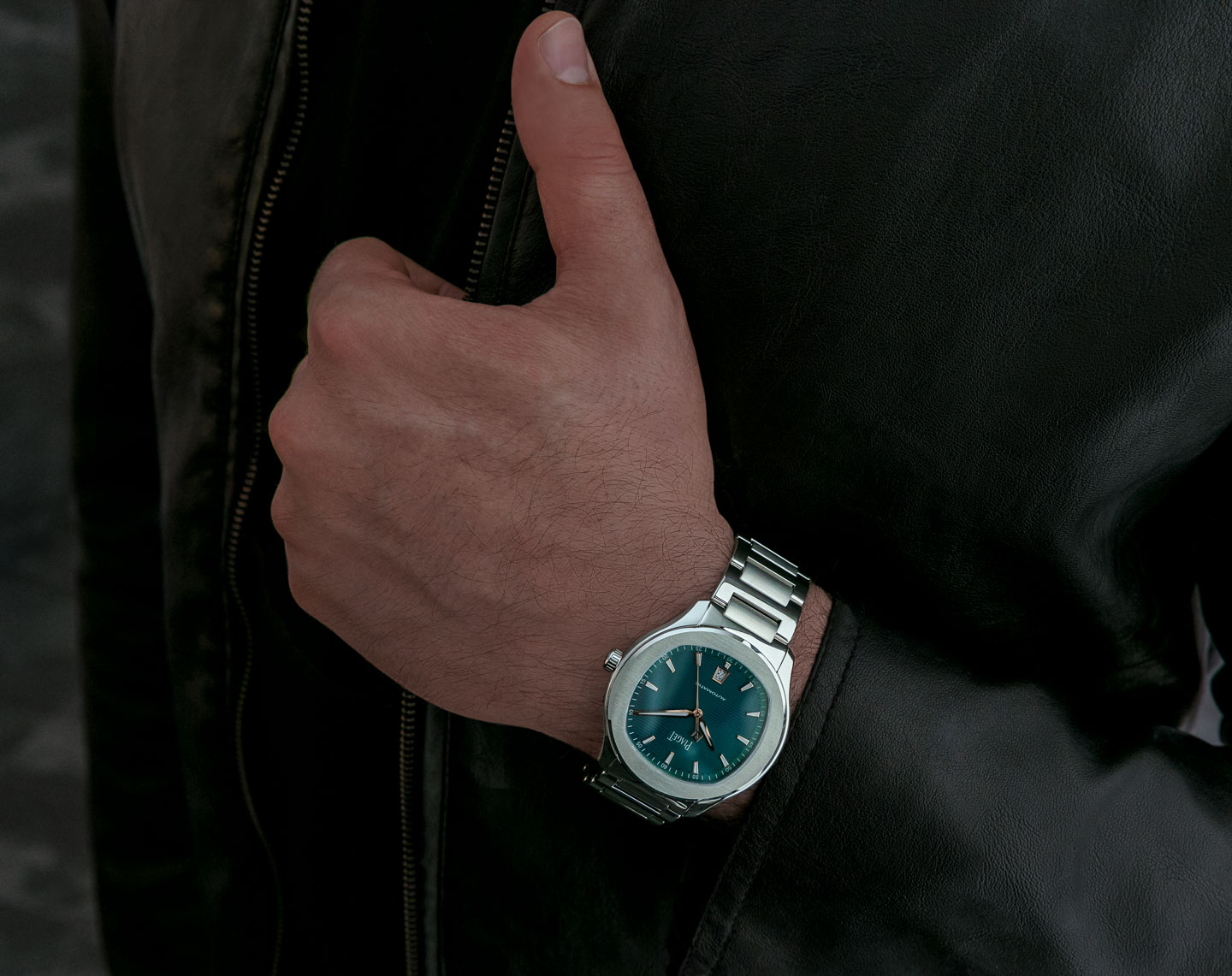
AA: How do you improve upon the Altiplano timepiece platform for today’s younger generation? Piaget has celebrated focused minimalism before it was popular in mainstream culture and certainly before it was popular in entry-level-priced fashion watches. How can the Altiplano family best be positioned to appeal to a generation of watch lovers for whom quality minimalist design is important, but who don’t necessarily know it in a high-luxury context?
QH: Altiplano is not a watch. Altiplano is not simple. Altiplano is an object, a piece of design. Altiplano is comparable to an Eames lounge chair, to a Pipistrello lamp by Gae Aulenti, to a Arne Jacobsen wooden seat, to a Le Corbusier LC2 chair and a Charlotte Perriand shelf. Whatever its age, it is always contemporary.
The timelessness of these objects is due to their minimalism, to their perfect balance of shapes and harmony, to the fact that they are incorporating beauty. Not something nice and attractive that will fade and get aged, something with beauty in it, beauty as a reference.
To reach this, even if the result can be a minimalistic design, there is no simplicity. There is a lot of work. The work of shapes, the work of straight lines and outlines, the work of light reflection, the work of contrast, the work of finishes which catch the light in a unique way. That’s all this that you have when you own an Altiplano.
Altiplano is not only an iconic precious watch. It has several interpretations. The minimalistic and classic design is the most known, but there are other expressions of Altiplano Ultra Thin spirit, with more technical designs with Altiplano Ultimate and skeletons, where not only the case, strap, and dial are part of the design, but also the movement, or even ornamental expressions with colorful enamel dials or baguette paved models with the tourbillon movement.
Altiplano is an iconic name, it’s the most know Piaget name all around the world. We will raise his identity and specificity even more in the future, especially towards younger generations to let them experiment its beauty, one of the must-haves in product design.

AA: Piaget as a brand is today probably more popular in the East than in markets in the West. Much of that has to do with current marketing priorities and efforts, but might it also have something to do with product selection and style? The luxury world tomorrow will re-focus large parts of its attention back to the West and will, accordingly, have to adapt its products to better suit different markets. In your opinion, how should a refocus on markets in the West such as Europe and the United States be reflected in the Piaget product portfolio?
QH: Taste of the younger generation, only, and only those who are globalists.
During the last years, we have started to adapt our product portfolio to a more international audience. Our strong footprint is an asset but Piaget really has in mind to address more Europeans and Americans. Piaget Polo is important is this strategy of re-addressing a larger audience. Possession as well. Gala and Altiplano will stay very exclusive.
By the way, we will continue in being a niche brand. But we need to raise the interest of international people, not only Asians. Our entire product portfolio will progressively evolve with this intention. The opportunity we see is that younger generations are globalists. They have an international mindset, they travel a lot, speak several languages, experience many cultures. Their taste is also changing, and we see how much they are sharing similar interests.
Local specificities will remain important, as it is an identity marker, but I think we need to think more about addressing a new generation rather than a new region. Younger people from various countries feel more part of a community than previous generations thanks to this mindset. They are a generation of globalists. Learn more at the Piaget website here.









